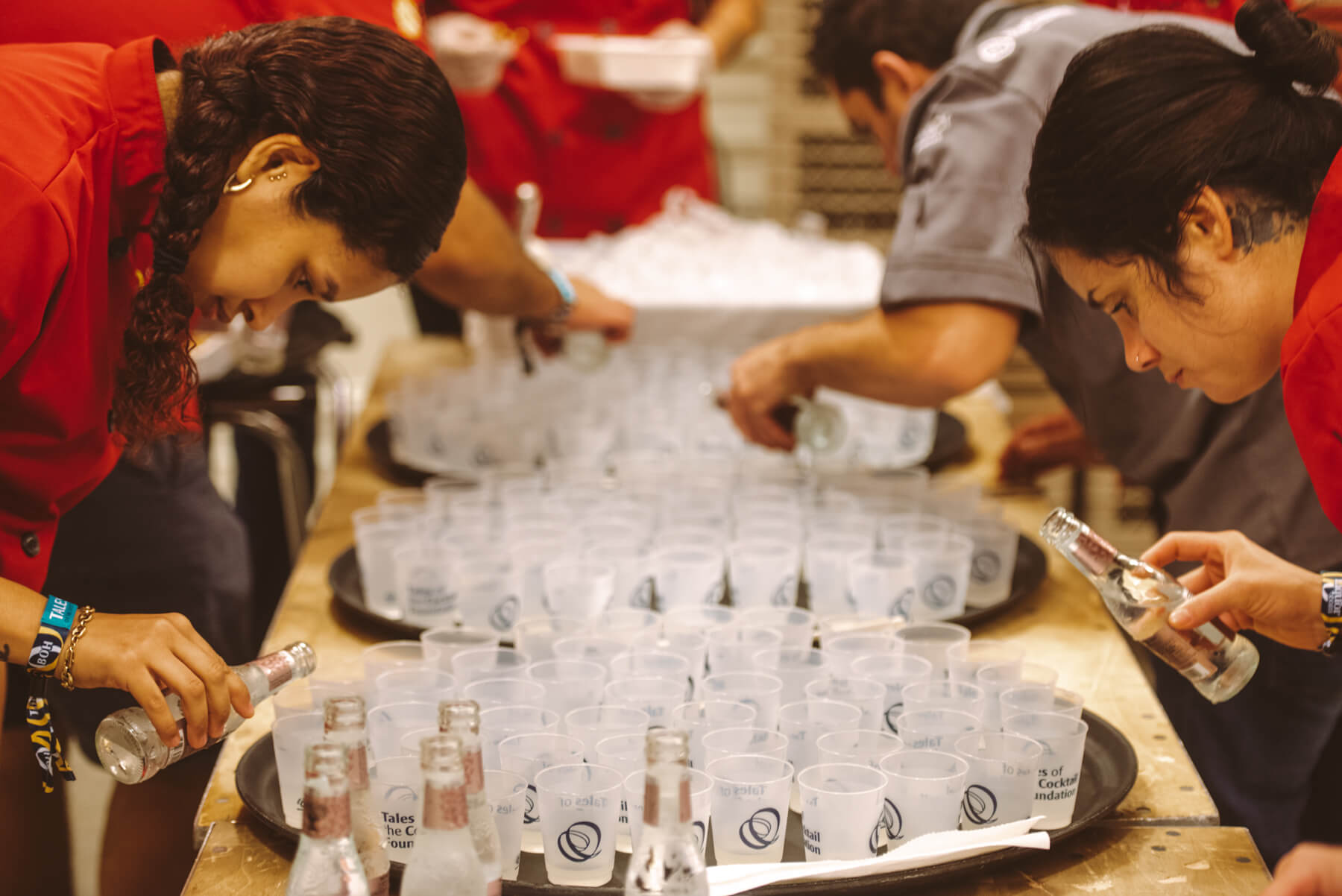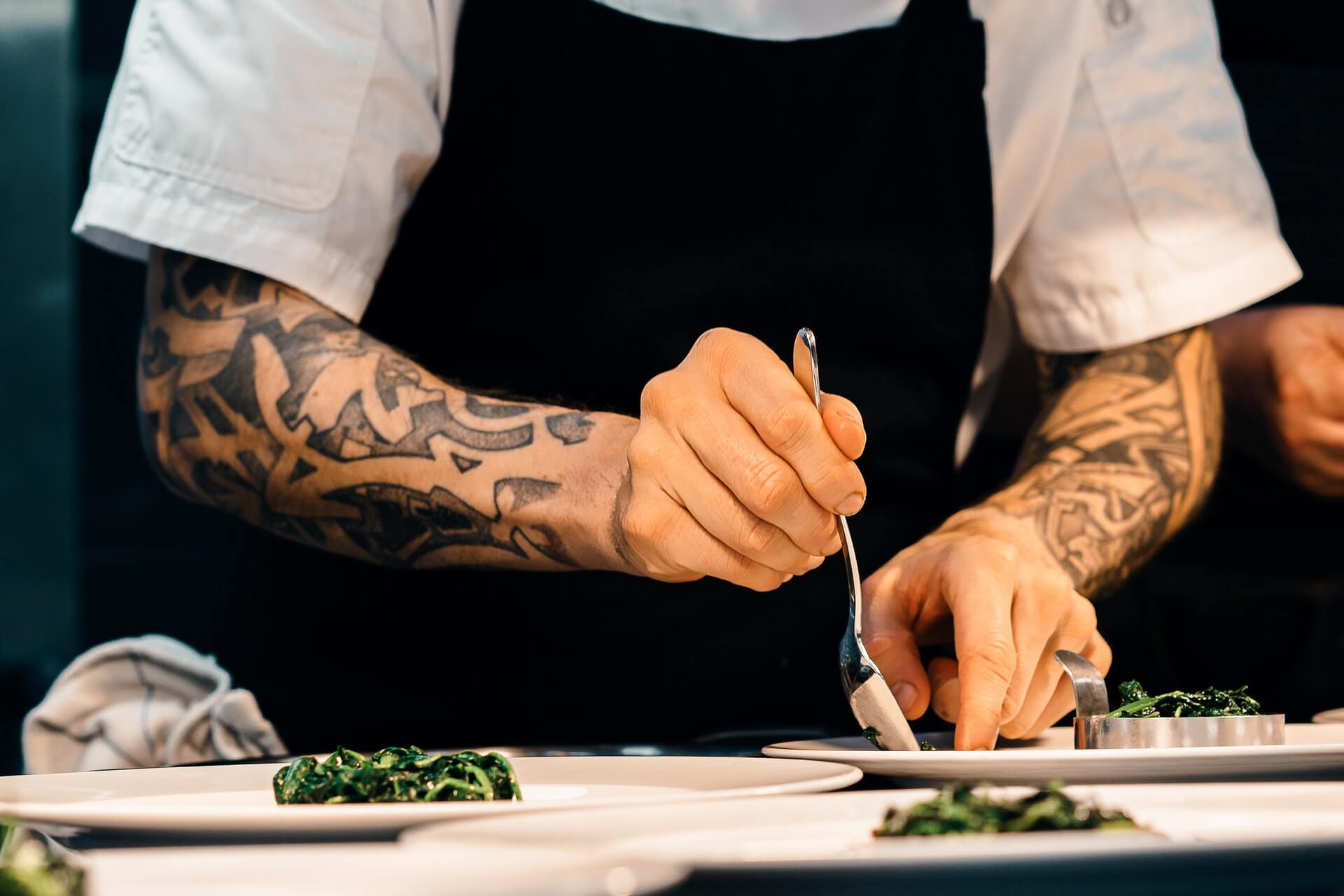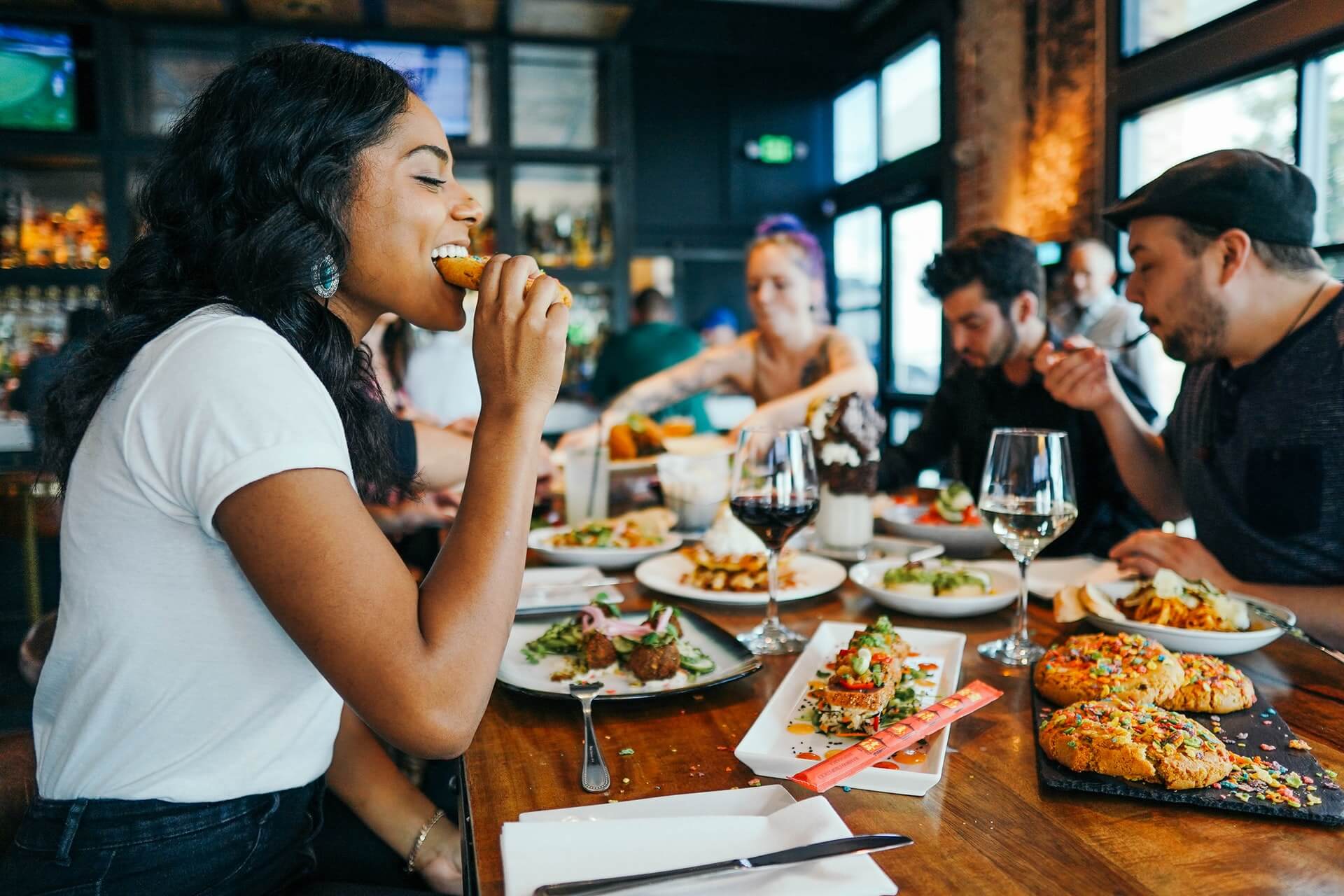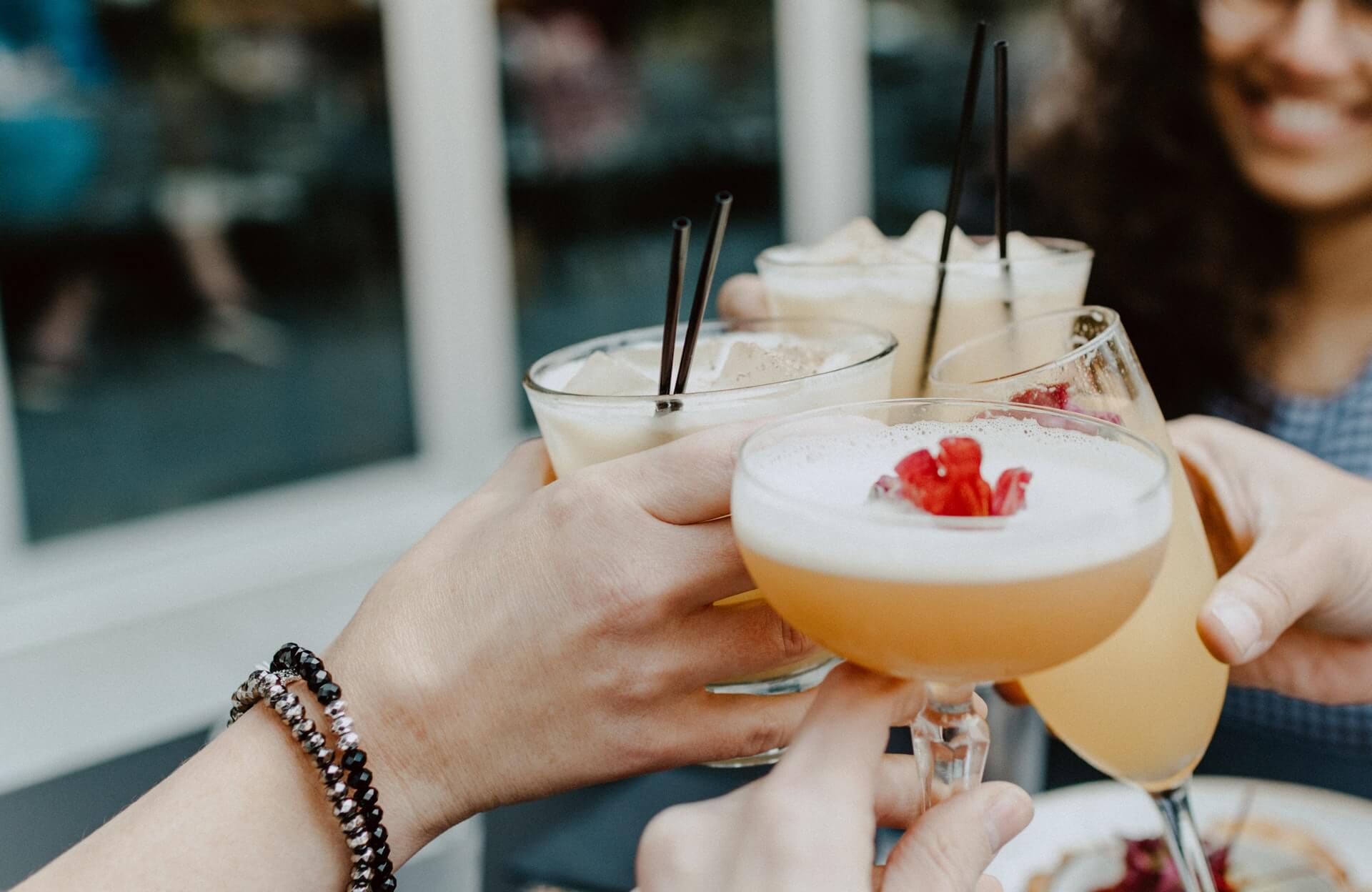Stand Out with Weird Holidays: June 2022
by David Klemt

Want to stand out from from other restaurants and bars in your area? Then commit to keeping it weird.
Several “holidays” are set against every date on the calendar, and June is no exception. These holidays range from mainstream to “weird.”
Pay attention to the latter to raise eyebrows, carve out a niche for your restaurant or bar, and attract more guests. Why do what everyone else is already doing?
Of course, you shouldn’t try to celebrate every holiday, weird or otherwise. And this month’s list in no way includes every odd holiday.
Focus on the days that are authentic to your brand; resonate with your guests; and help you grab attention on social media.
For last month’s list, click here.
June 4: National Bubbly Day
Fine, so maybe sparkling wines aren’t weird. Sometimes I just add holidays that have the potential to be fun while driving traffic and revenue to these lists.
As I’m sure you’re already guessing, National Bubbly Day is the perfect time to make your guests aware of your sparkling wines. Bubbly is even more attractive to guests as temperatures rise.
June 5: National Veggie Burger Day
There’s no question that plant-based food items are only growing more popular with consumers. This is the day to showcase your veggie burgers and other meat and dairy alternatives.
June 10: National Herbs and Spices Day
Without herbs and spices, where would F&B be? Task your kitchen and bar teams with creating dishes and drinks that are made better with herbs and spices. Tell your bartenders to break out the torches and light the rosemary!
June 13: International Axe Throwing Day
If you’re an eatertainment venue, bar, or restaurant with an axe-throwing setup, this is one-hundred-percent your day to shine.
June 14: International Bath Day
There are a few different ways to design a promotion around this holiday. One, you can feature distillers who specifically produce gin expressions labeled “Bathtub Gin.” Ableforth’s, for example, is one such producer. Two, you can purchase bathtub-shaped drinkware. Three, you can combine the first two for an LTO pour.
June 16: National Dump The Pump Day
It’s not exactly a secret that gas prices are rising across the nation. With that in mind, it shouldn’t be too difficult to encourage your guests to arrive at your business by bicycle, scooter, skateboard, foot, electric car, or other means of conveyance that doesn’t use gasoline or diesel for fuel.
June 20: American Eagle Day
Interested in a holiday that requires very specific planning? Try American Eagle Day.
One way to celebrate is to design a promotion around award-winning Eagle Rare bourbon. And no, they didn’t pay us to mention them. They just make really good whiskey that works great for this holiday.
June 25: National Leon Day
There’s an entire contingent of people who simply can’t wait for Christmas to come around each year. In fact, they don’t think it’s fair that they only get to celebrate it once a year.
National Leon Day is celebrated every June 25th because it’s the midway point to Christmas. So, forget Christmas in July—celebrate Christmas in June with your guests and specialty LTO menus.
June 29: National Waffle Iron Day
Your guests may be surprised to learn the number of foods that can be waffled. Create an LTO menu that showcases how creative your kitchen team can get with waffle irons. For bonus points, include your bar team with waffled garnishes.
June 30: National Social Media Day
I suppose it was only a matter of time from social media reaching ubiquity to this form of media having its own holiday. Mashable launched the first National Social Media Day in 2010.
Create post-worthy F&B items, come up with your own hashtags, and ask your guests to post pics using those tags to promote your business.
Image: Dan Parlante on Unsplash







